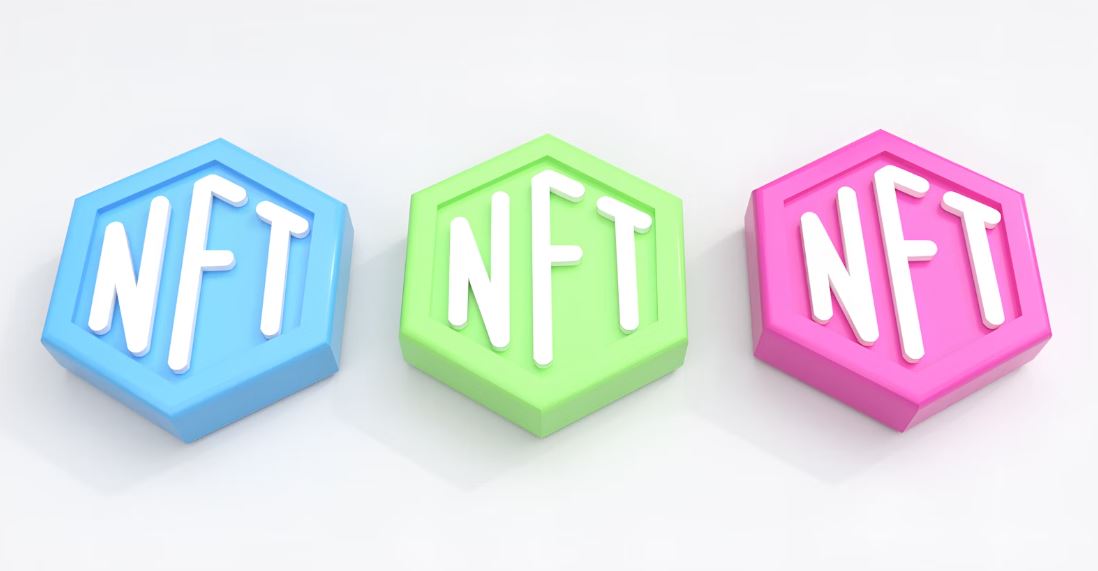Introduction
The metaverse, a collective virtual shared space, is rapidly expanding, offering new avenues for digital interaction, entertainment, and commerce. Central to the metaverse are digital assets like metaverse tokens and non-fungible tokens (NFTs), which are reshaping the concept of ownership in virtual environments. This article explores the convergence of metaverse tokens and NFTs, examining their roles, impact, and future in the digital landscape. To gain deeper insights into the convergence of metaverse tokens and NFTs and their future implications in the digital landscape, visit https://tradeedgeai.com/ for comprehensive analysis and perspectives.
Understanding Metaverse Tokens
Metaverse tokens are digital assets native to specific virtual worlds within the metaverse. These tokens serve various purposes, such as facilitating transactions, accessing virtual goods and services, and governing decentralized autonomous organizations (DAOs). Unlike traditional cryptocurrencies, which operate on blockchain networks like Bitcoin or Ethereum, metaverse tokens are often built on specialized protocols tailored to their respective virtual environments.
Examples of popular metaverse tokens include Decentraland’s MANA and The Sandbox’s SAND. MANA is used for purchasing virtual land, goods, and services within Decentraland, while SAND is the primary currency in The Sandbox, enabling users to buy, sell, and create digital assets within the platform.
Exploring NFTs in the Metaverse
NFTs are unique, indivisible tokens that represent ownership of a specific digital asset or piece of content. In the metaverse, NFTs play a crucial role in representing ownership of virtual land, digital art, collectibles, and other unique assets. For instance, in Decentraland, users can purchase NFTs representing parcels of virtual land, which they can develop and monetize.
NFTs also enable creators to monetize their digital works in novel ways. Artists, musicians, and game developers can mint NFTs representing their creations, allowing them to retain ownership and receive royalties from subsequent sales.
Interoperability and Cross-Platform Integration
One of the key challenges in the metaverse is interoperability between different virtual worlds and platforms. Metaverse tokens and NFTs are paving the way for cross-platform integration, allowing users to seamlessly transfer assets between different virtual environments.
Interoperability enhances the user experience by providing a unified ecosystem where assets can be used across multiple platforms. Projects like the Metaverse Blockchain Alliance (MBA) aim to establish standards for interoperability, ensuring that assets can move freely between different metaverse environments.
The Impact of Metaverse Tokens and NFTs on Digital Ownership
Metaverse tokens and NFTs are redefining digital ownership by providing secure and verifiable ownership of virtual assets. Unlike traditional digital assets, which can be easily copied or replicated, NFTs provide a unique and immutable record of ownership on the blockchain.
This shift towards digital ownership has profound implications for various industries, including gaming, art, and real estate. In the gaming industry, NFTs enable players to truly own their in-game assets, which can be traded or sold outside of the game environment. Similarly, in the art world, NFTs allow artists to create and sell digital art directly to collectors, bypassing traditional galleries and auction houses.
Investment Opportunities and Market Trends
The growing popularity of metaverse tokens and NFTs has created new investment opportunities in the digital asset space. Investors are increasingly looking to diversify their portfolios with these assets, which offer the potential for high returns but also come with inherent risks.
Market trends indicate a growing interest in metaverse tokens and NFTs, with a significant influx of capital into these markets. However, investors should be aware of the volatility and regulatory uncertainties associated with these assets, as they are still in the early stages of development.
Future Outlook and Potential Developments
Looking ahead, the convergence of metaverse tokens and NFTs is expected to drive further innovation in the digital asset space. Projects are exploring new ways to integrate these assets, such as using NFTs as collateral for loans or incorporating metaverse tokens into decentralized finance (DeFi) protocols.
Conclusion
Overall, the convergence of metaverse tokens and NFTs represents a significant step towards a more decentralized and immersive digital economy. As the metaverse continues to evolve, these digital assets will play a central role in shaping the future of virtual interactions and commerce.
ALSO READ: What is behind the rise in NFTs?
Image Courtesy: Unsplash
